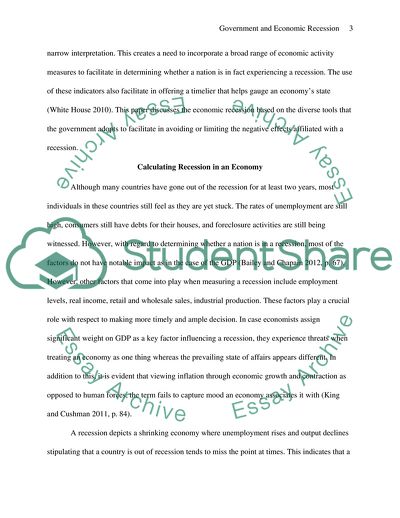Cite this document
(ECOCONOMIC RECESSION AND GOVERNMENT POLICY TOOLS TO EITHER AVOID OR Essay, n.d.)
ECOCONOMIC RECESSION AND GOVERNMENT POLICY TOOLS TO EITHER AVOID OR Essay. https://studentshare.org/macro-microeconomics/1881424-ecoconomic-recession-and-government-policy-tools-to-either-avoid-or-limit-the-negative-effect-of-a-recession
ECOCONOMIC RECESSION AND GOVERNMENT POLICY TOOLS TO EITHER AVOID OR Essay. https://studentshare.org/macro-microeconomics/1881424-ecoconomic-recession-and-government-policy-tools-to-either-avoid-or-limit-the-negative-effect-of-a-recession
(ECOCONOMIC RECESSION AND GOVERNMENT POLICY TOOLS TO EITHER AVOID OR Essay)
ECOCONOMIC RECESSION AND GOVERNMENT POLICY TOOLS TO EITHER AVOID OR Essay. https://studentshare.org/macro-microeconomics/1881424-ecoconomic-recession-and-government-policy-tools-to-either-avoid-or-limit-the-negative-effect-of-a-recession.
ECOCONOMIC RECESSION AND GOVERNMENT POLICY TOOLS TO EITHER AVOID OR Essay. https://studentshare.org/macro-microeconomics/1881424-ecoconomic-recession-and-government-policy-tools-to-either-avoid-or-limit-the-negative-effect-of-a-recession.
“ECOCONOMIC RECESSION AND GOVERNMENT POLICY TOOLS TO EITHER AVOID OR Essay”. https://studentshare.org/macro-microeconomics/1881424-ecoconomic-recession-and-government-policy-tools-to-either-avoid-or-limit-the-negative-effect-of-a-recession.


